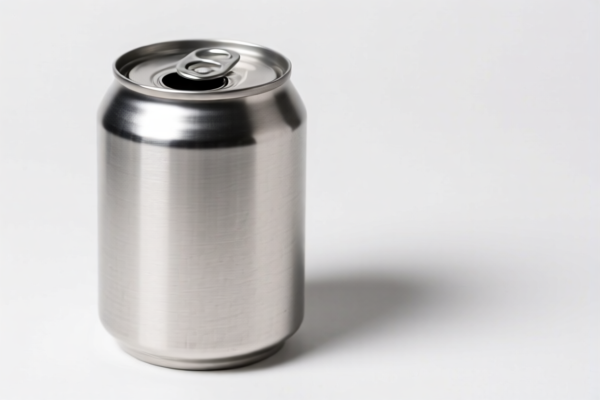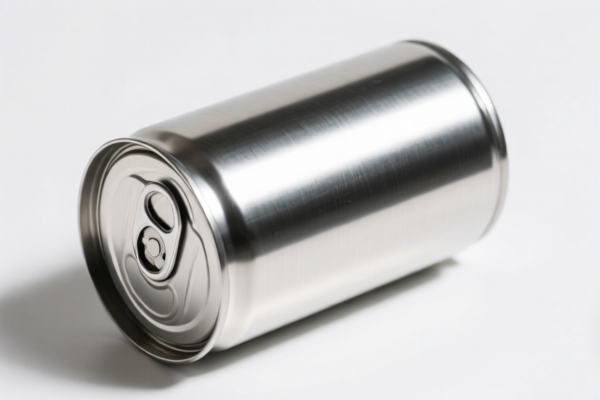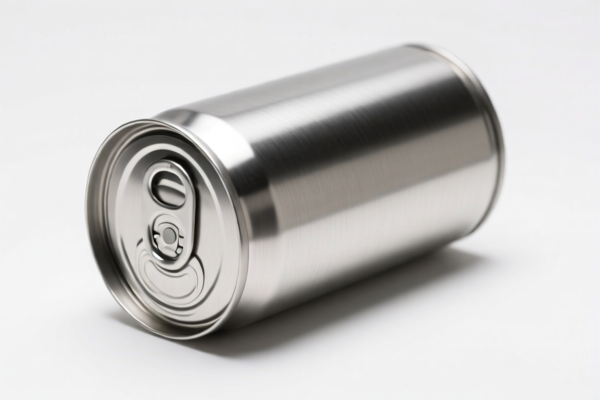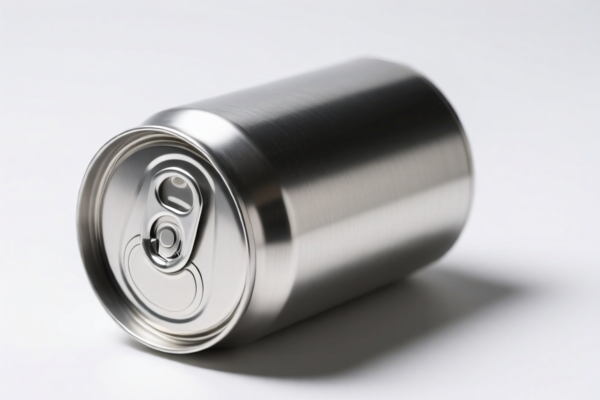| HS Code | Official Doc | Tariff Rate | Origin | Destination | Effective Date |
|---|---|---|---|---|---|
| 7310290055 | Doc | 80.0% | CN | US | 2025-05-12 |
| 7310290030 | Doc | 80.0% | CN | US | 2025-05-12 |
| 7326908688 | Doc | 82.9% | CN | US | 2025-05-12 |
| 7326901000 | Doc | 80.0% | CN | US | 2025-05-12 |
| 8422301100 | Doc | 55.0% | CN | US | 2025-05-12 |
| 9617001000 | Doc | 37.2% | CN | US | 2025-05-12 |
| 9617003000 | Doc | 36.9% | CN | US | 2025-05-12 |
| 7324100010 | Doc | 83.4% | CN | US | 2025-05-12 |
| 7324900000 | Doc | 80.0% | CN | US | 2025-05-12 |




Stainless Steel Can
Stainless steel cans are packaging containers fabricated from stainless steel alloys. They are utilized for a variety of purposes, primarily for storing and transporting diverse products due to their robust properties.
Material
Stainless steel cans are composed of iron alloys containing a minimum of 10.5% chromium. Other alloying elements, such as nickel, molybdenum, and titanium, are often added to enhance specific characteristics like corrosion resistance, strength, and formability. Common grades include:
- 304 Stainless Steel: The most widely used grade, offering good corrosion resistance and weldability.
- 316 Stainless Steel: Contains molybdenum, providing superior corrosion resistance, particularly against chlorides.
- 409 Stainless Steel: A ferritic grade, offering good corrosion resistance and lower cost, often used for less demanding applications.
Purpose
The primary purpose of stainless steel cans is containment and preservation. They are used for:
- Food and Beverage: Canned fruits, vegetables, meats, soups, sauces, and beverages.
- Chemicals: Storage and transportation of various industrial chemicals.
- Paints and Coatings: Packaging for paints, varnishes, and coatings.
- Aerosols: Production of aerosol cans for a wide range of products.
- Cosmetics and Personal Care: Packaging for creams, lotions, and other personal care items.
Function
Stainless steel cans function by:
- Protecting Contents: Shielding products from light, air, moisture, and contamination.
- Preserving Shelf Life: Maintaining product quality and extending shelf life through an airtight and impermeable barrier.
- Facilitating Transportation: Providing a durable and stackable container for efficient transportation and storage.
- Ensuring Safety: Preventing product degradation and maintaining product integrity.
- Withstanding Pressure: Certain can designs are capable of withstanding internal pressure, essential for aerosol applications or pressurized food processing.
Usage Scenarios
- Food Industry: Large-scale canning operations, retail packaging of canned goods.
- Chemical Manufacturing: Industrial storage and transportation of corrosive or hazardous materials.
- Paint and Coatings Industry: Packaging of paints, varnishes, and specialty coatings.
- Aerosol Product Manufacturers: Production of aerosol sprays for household, automotive, and industrial applications.
- Cosmetic Companies: Packaging of creams, lotions, and other personal care products.
Common Types
- Two-Piece Cans: Consist of a single piece body and a separate end. Commonly used for beverages and some food products.
- Three-Piece Cans: Composed of a body, a top end, and a bottom end, typically seamed together. Widely used for a variety of food and industrial applications.
- Drawn and Ironed Cans (DI Cans): Produced from a single sheet of steel through a drawing and ironing process, resulting in a lightweight and seamless can body.
- Aerosol Cans: Specifically designed to withstand high pressure, featuring a valve and actuator for dispensing the product.
- Seamless Cans: Fabricated from a single piece of steel, offering superior strength and leak resistance.
Stainless steel cans fall under several potential classifications depending on capacity and specific use. Here's a breakdown of relevant HS codes based on the provided information:
- 7310290055: This code covers tanks, casks, drums, cans, boxes and similar containers of iron or steel (including stainless steel), with a capacity not exceeding 300 liters, whether or not lined or heat insulated, but not fitted with mechanical or thermal equipment. Specifically, it applies to those with a capacity of less than 50 liters, and includes refillable stainless steel kegs (whether pressurized) of a kind described in statistical note 1 to this chapter. The total tax rate is 80.0% (0.0% basic tariff, 25.0% additional tariff, 25% steel/aluminum additional tariff, and a 30.0% additional tariff effective April 2, 2025).
- 7310290030: This code also covers tanks, casks, drums, cans, boxes and similar containers of iron or steel (including stainless steel) with a capacity not exceeding 300 liters, and applies to those with a capacity of less than 50 liters. It specifically refers to containers of circular cross-section with a volume capacity between 11.4 liters and 26.6 liters, used for the conveyance of goods. The total tax rate is 80.0% (0.0% basic tariff, 25.0% additional tariff, 25% steel/aluminum additional tariff, and a 30.0% additional tariff effective April 2, 2025).
- 7326908688: This code covers other articles of iron or steel, specifically "Other: Other: Other: Other". While broad, stainless steel cans could potentially fall under this classification if they don't meet the specific criteria of other codes. The total tax rate is 82.9% (2.9% basic tariff, 25.0% additional tariff, 25% steel/aluminum additional tariff, and a 30.0% additional tariff effective April 2, 2025).
Important Considerations:
- The 25% additional tariff and the 30% additional tariff (effective April 2, 2025) apply to steel and aluminum products.
- For HS code 7310290055, the description includes "refillable stainless steel kegs," indicating a specific type of container covered by this code.
- HS code 7326908688 is a very general classification and should be used cautiously. It's best to confirm with customs authorities if the can doesn't clearly fit into other more specific codes.
Customer Reviews
No reviews yet.